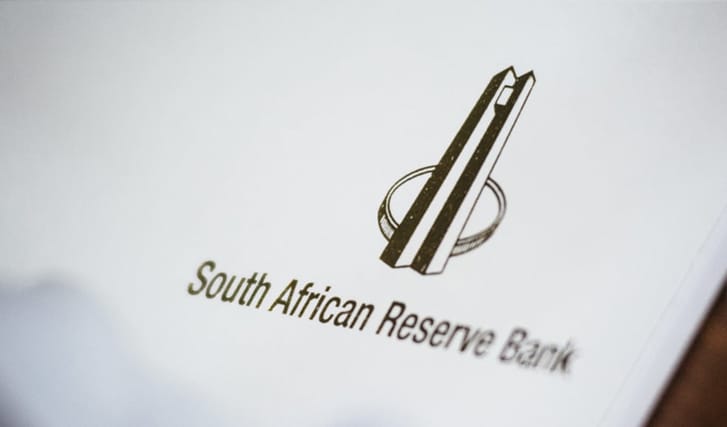The South African Reserve Bank (Sarb) was formed in 1921 by an act of parliament to stabilise financial conditions. At the time, the value of gold varied between South Africa and London, which led to an outflow of gold to Britain and threatened banking stability.
For 40 years, the Sarb implemented and managed a foreign monetary standard. South Africans used the SA pound, which was linked to the British pound sterling and defined as a fixed weight of silver. This in turn was convertible to gold. The Sarb promised to pay bearers of its banknotes a stated amount of pound sterling.






